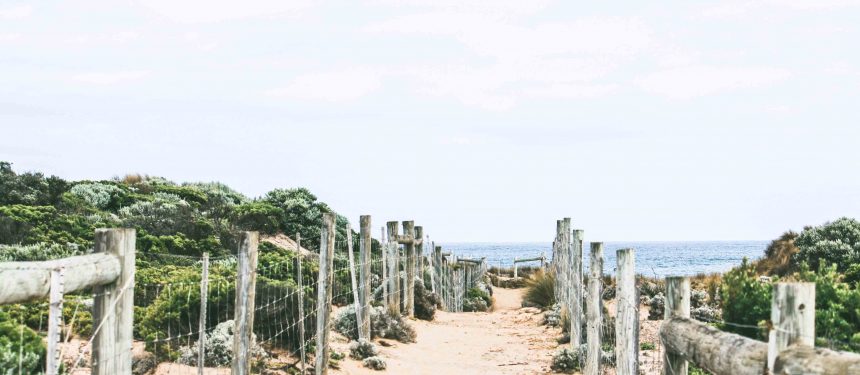After already surpassing 2017 numbers by July, the full extent of Australia’s record-breaking 2018 has been revealed. While welcomed, however, industry stakeholders have begun to consider the sustainability of continued double-digit percentage growth.
News and business analysis for Professionals in International Education
Have some pie!
Market sustainability in focus as Australia hits new records
 Australia's industry questions the sustainability of ongoing double-digit percentage growth.
Australia's industry questions the sustainability of ongoing double-digit percentage growth. “There are limits to how many international students one can take and still keep that message up”
According to the Department of Education and Training, Australia hosted 693,800 international students in 2018, an 11% increase from the previous year.
Among the largest increases, China and India experienced 11% and 32% growth respectively, and maintained their positions as first and second most popular source countries, while the top five increased their dominance from 53% to 56% of total students.
Despite the growth, stakeholders have taken a cautious view of the 2018 results, which see the country surpass previous record levels for the fourth consecutive year and maintain six straight years of improvements.
“There are real concerns hidden within some of this growth,” said IEAA chief executive Phil Honeywood.
“The Nepalese market, for example, has grown 165% in vocational education and 51% in higher education. This is unsustainable given certain education provider behaviour.”
By sector, all but non-award level courses increased to some degree, however, growth was substantially pushed by higher education and VET enrolments, and Honeywood told The PIE News this was helping contribute to negative public perceptions of the industry.
“In the absence of game-changers such as significant increases in school sector and public TAFE sector enrolments, all of the heavy lifting will continue to be done by higher education providers,” he said.
“Community pushback, particularly in the large urban centres, is beginning to be felt by our industry, hence recent attempts to look at greater inducements into regional Australia.”
Craig Robertson, chief executive of government-funded VET body TAFE Directors Australia, also attributed part of the growth in vocational education to higher education through preparatory pathway into university but added there was a substantial increase in the popularity for VET only.
“There’s a group of students that are saying ‘I actually want those practical skills because I think they’ll be useful for me to take back home’,” he said.
Like Honeywood, however, Robertson urged caution when welcoming the degree of improvement in Australia, which has on average experienced 11% annual growth at a national level since 2014.
“We’ve always got to think about where there is rapid growth, let’s make sure there’s not exploitation,” he said.
The response to the 2018 result marks a substantial shift in the way Australia’s international education industry views itself and highlights growing caution around an industry that has risen 71% from its collapse earlier this decade.
Prior to the release of the figures, Australian National University vice-chancellor Brian Schmidt told The PIE that while there were benefits to hosting international students, providers needed to maintain their mission of ensuring the domestic population is not left behind.
“All of the heavy lifting will continue to be done by higher education providers”
“We also have to focus on making sure that the students that do come here internationally, that they get a great education and that their arrival and inclusion on our campuses improve the experience of our domestic students,” he said at the QS Rankings by Subject Summit in Canberra.
“If we do all of that, then we will do well, [but] there are limits to how many international students, in my opinion, one can take and still keep that message up, at least as the national university. Trying to find the balance is where we’re at.”
As predicted, the ELICOS sector also surpassed its previous best, improving by 1,200 total enrolments to reach 156,400, less than 1% up from 2017. Commencements, however, remained steady, increasing by just over 200, or one-fifth of one per cent.
International education is a key political focus as Australia heads towards a federal election in mid-2019. If elected to government, the opposition Labor party plans to release a new international education strategy and overhaul the council overseeing its implementation.
Still looking? Find by category:



i am glad i read your post.